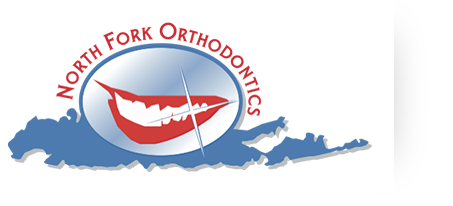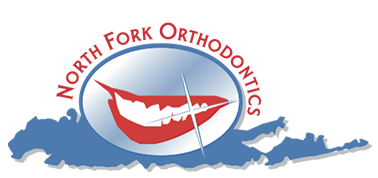Two-Phase Treatment
What are the benefits of two-phase treatment?
It is a two-step orthodontic procedure that straightens teeth and changes the way the face looks. The goal of two-phase treatment is to give your child the best chance of getting long-term results that are healthy, functional, and look good.
Is it recommended to delay treatment?
The treatment to fix your child’s smile will be harder to do the longer you wait. The best way to make sure success in the long run is to step in early.
Phase one Treatment: Establishing the Foundation For a Life Full of Smiles
The goal of Phase One treatment is to help the jaw grow so that it can hold all of the permanent teeth and improve the way the upper and lower jaws fit together. As a child grows and develops, he or she may show signs of jaw problems early on. Young children may have upper jaws that are too wide or too narrow. If a child is over six and has a misaligned jaw, they are a good candidate for early orthodontic care. Also, if children as young as 8 years old get their crowded front teeth fixed when they are still young, they may not need to have permanent teeth pulled later on.
You might be able to save your child’s smile if you act quickly.
Early intervention has a big effect on how children’s smiles turn out. Early treatment may stop the need for jaw-straightening surgery or the removal of permanent teeth in the future.
Obtaining Orthodontic Records
The type of braces, length of treatment, and the number of visits will all be based on the records kept at an orthodontic office. Most orthodontic records are made up of X-rays, models of teeth, and pictures. At your child’s first appointment, the doctor will collect information to decide if early treatment is needed.
During this time, the permanent teeth that are still coming in are not treated in any way. Retaining devices may not work if they stop the tooth from coming out. It’s better to let the permanent teeth move around a little bit. For permanent teeth to come in, the first step must go well. If they don’t, they might be impacted.
Observing the growth of the teeth
The teeth are not in their final positions after the first phase of treatment. This goal will be set and reached in the second phase of treatment. This is a good time to take out some baby teeth to help the permanent teeth come in. Because of this, there need to be some follow-ups, usually every six months.
Phase Two
Feel and look fantastic.
The goal of the second phase is to keep the mouth’s soft tissues and teeth in harmony by putting each tooth in the right place. Once this balance is reached, the teeth will work together as a single unit. During Phase Two, upper and lower braces are often used together.
At the beginning of the first phase of orthodontic therapy, a plan was made for diagnosis and treatment. In the first step, the teeth and jaw were realigned and straightened with the help of a number of tools. During the second stage, which starts after all permanent teeth have grown in, all teeth need braces for an average of 24 months. After this step, your child will need to wear a retainer to protect his or her beautiful smile.







